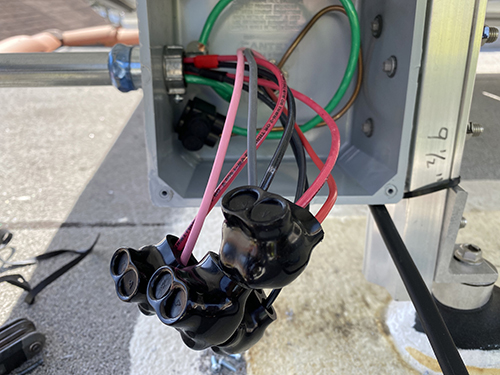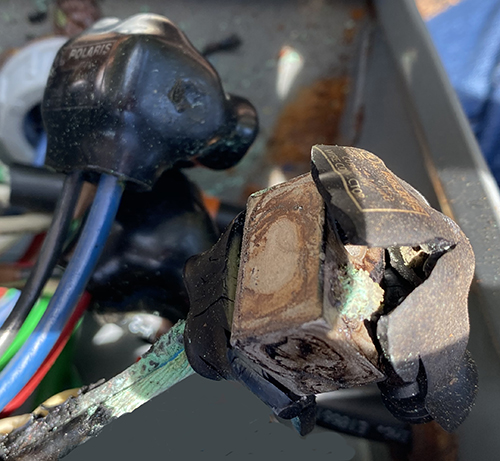Welcome to the
Run on Sun Monthly Newsletter

In this Issue: |
July, 2021
Volume: 12 Issue: 7
A Win for SolarAPP+We previously wrote about a bill, SB 617, that would have mandated the adoption of an online application for solar permitting called SolarAPP+. If it had been passed, the law would have required jurisdictions to have implemented SolarAPP+, thereby allowing the bulk of solar permit applications to be approved automatically and instantaneously. At a time when "soft costs" like permitting are becoming an ever larger factor in the cost of residential solar systems, this would have been a game changer. Alas, SB 617 was quietly killed, so there is no mandate for adoption. But in a rare bit of good news on the policy front, the state budget recently adopted includes $20 million in funding to assist jurisdictions in implementing SolarAPP+! From our friends at CALSSA: The California Energy Commission (CEC) is charged with expending these funds by June 30, 2023 and liquidating them by June 30, 2027. The CEC implementation process will likely take approximately nine months. In these coming months, [CALSSA] will engage with the CEC to ensure that the intent of the legislation is fully realized, including the issuance of easy-to-access, non-competitive grants to compensate local jurisdictions for staff time incurred, both prospectively and, for those jurisdictions considering SolarAPP+ today, retroactively. Now the challenge becomes how to encourage local AHJs to seek out that funding and implement the program - we are talking about you, Pasadena, and you, LA County! Come on, it's free money! |
“We are talking about you, Pasadena…”
Rethinking Maintenance for Residential Solar ProjectsFor a long time the solar industry - particularly the residential solar industry - has portrayed our systems as "maintenance free". "Clean the panels when they get dirty, but otherwise you are good to go," is a common conversation between an installer and their client. And certainly given the ever-improving warranties being offered by top-line manufacturers, that claim didn't seem so far-fetched. But lately I've seen some things that have caused me to rethink that whole conception of maintenance-free solar systems. Here's my take... Old Thinking...My old thinking - that these systems really did not require maintenance over a 20-year lifetime - was predicated on more than wishful thinking. After all, we used only the very best components: LG solar panels, Enphase microinverters, racking from Everest and Unirac, Polaris connectors instead of wire nuts, etc. We built our systems with care, using well-trained people, including those who were NABCEP certified, and we went above and beyond all code requirements. What I have discovered recently, in servicing a couple of older systems, is that it isn't the components people worry about failing like the panels or the microinverters, that cause the problems. We have never had an LG panel fail, and since Enphase moved to the IQ series of microinverters we have had exactly one microinverter fail - one! No, that has not been the problem, it is the little stuff that is taking systems down. What I've Seen...Before I can talk about how things have failed, let me show you how things start out.
We got an email from the Enphase Enlighten monitoring system alerting us to a client whose system had gone offline. That system had a fused disconnect and I fully expected to find a blown fuse. Nope fuses were fine, and the breaker hadn't tripped either. Time to go on the roof and check out the junction box - and here's what I found...
What could have prevented this failure? Well, as mentioned, this system performed just fine for nine years before failing. What if those connections had been checked around Year 5? If, as I surmise, the connection was loosening, an inspection might have caught that and a simple re-tightening would have cured the problem before the failure could occur. Now this is only one failure out of a multitude of systems using the same components, so it is fair to say that this is low-probability event. But we have seen other, similar issues including a performance meter that failed, and a line-side tap that loosened, over heated, and failed. The bottom line is that we are re-thinking how we approach maintenance for resi solar. I would be interested to hear other folks thoughts about this, so please leave us a comment and tell us about your experiences. Hopefully we can all learn something about how to make our systems better, if not, "maintenance free." |


